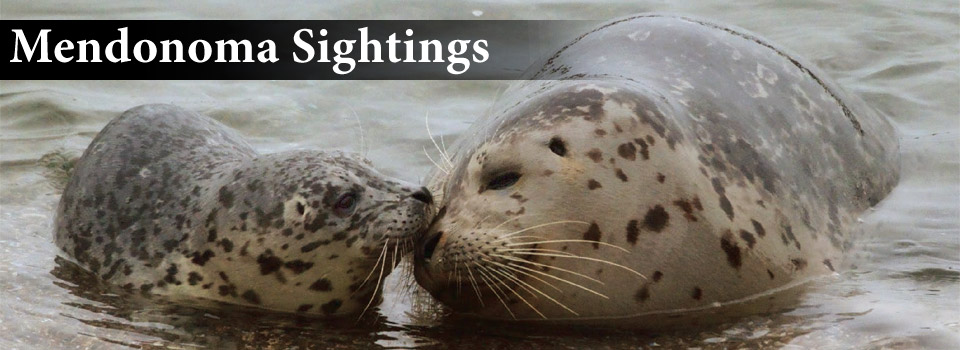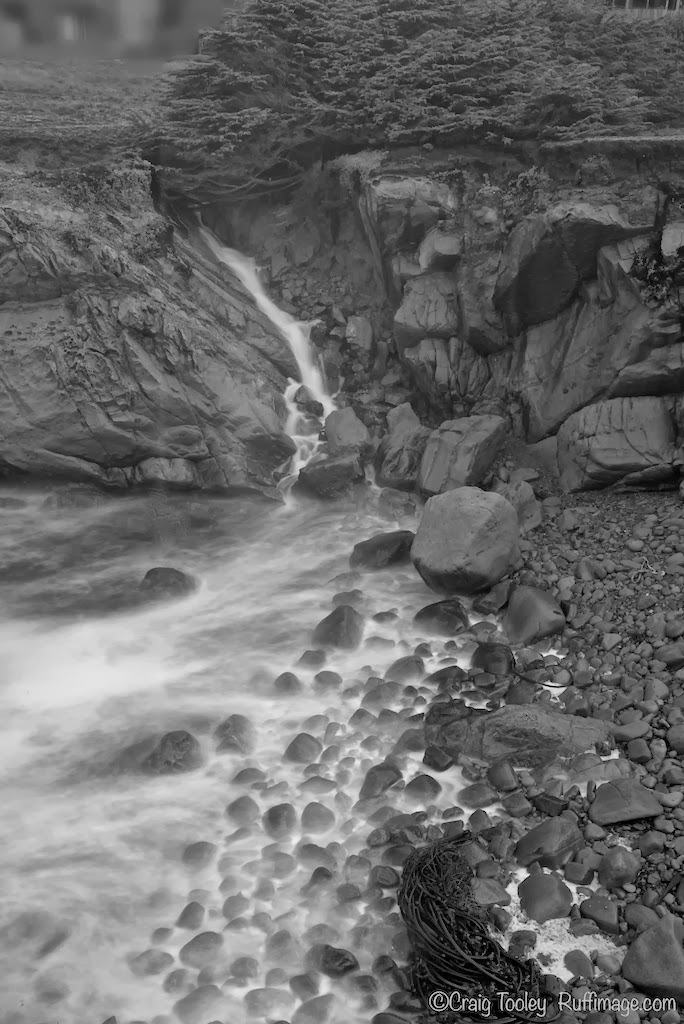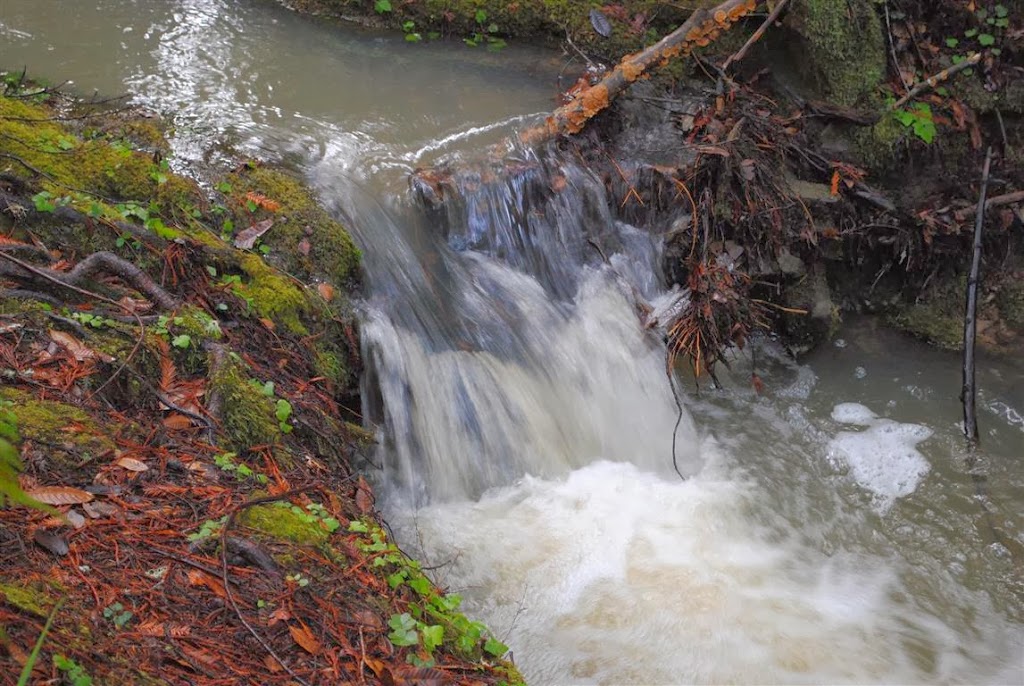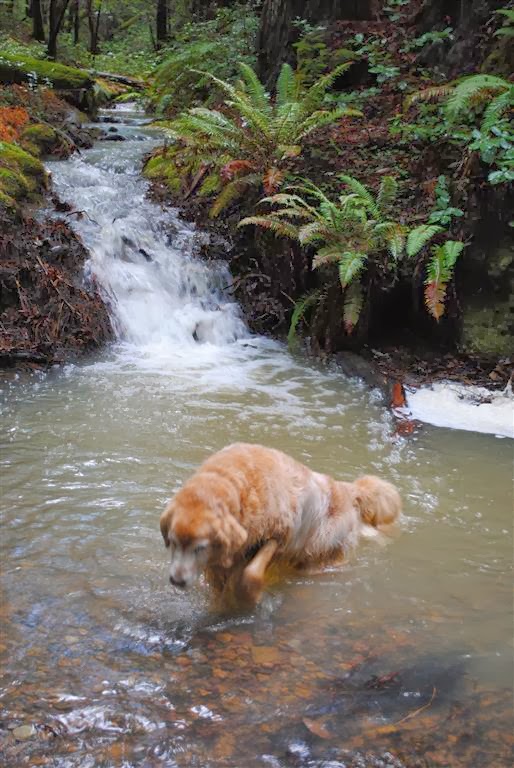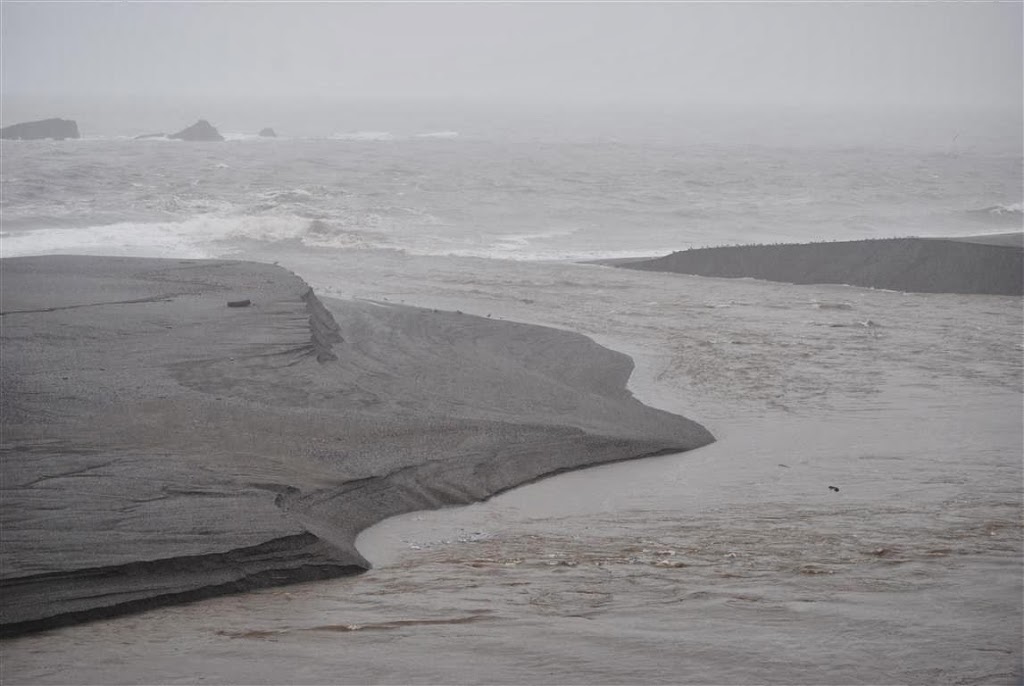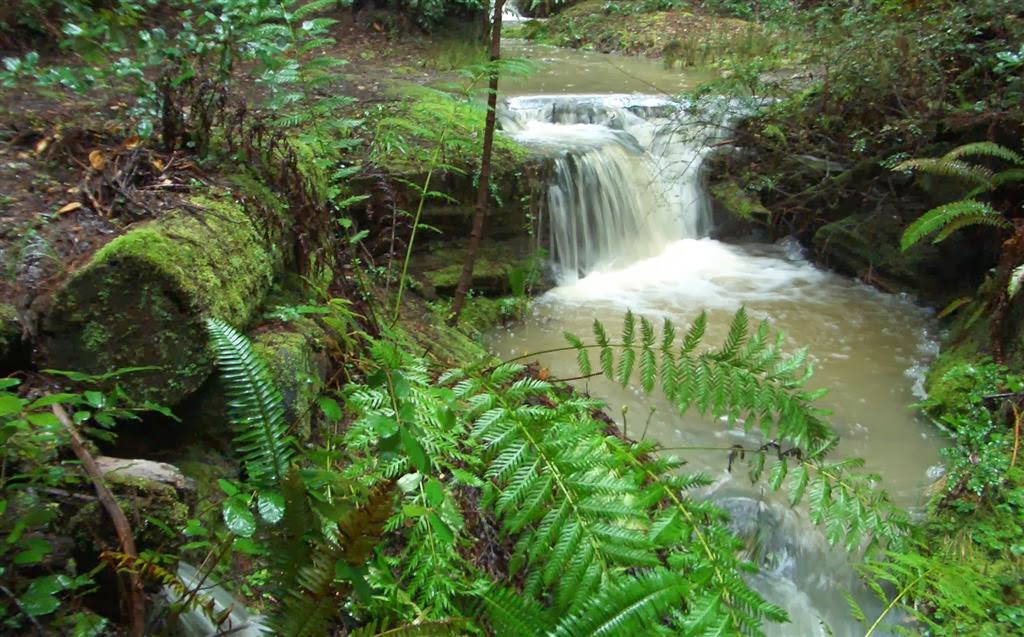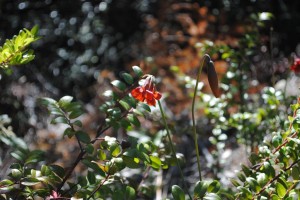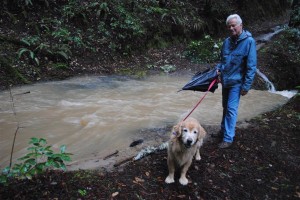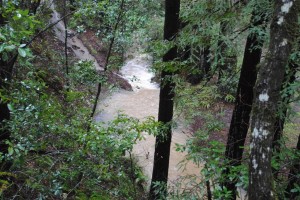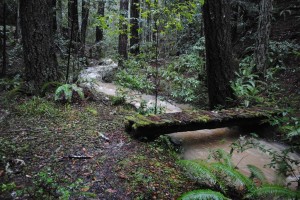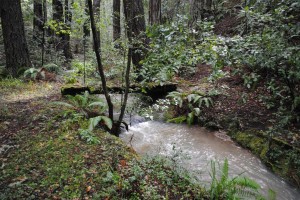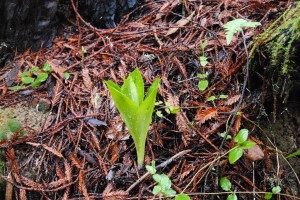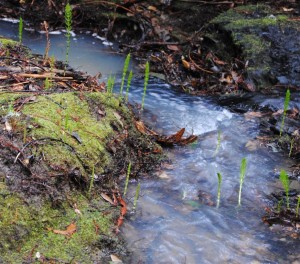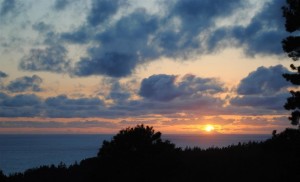We've had nearly fifteen inches of rain since February 1st at our place in Anchor Bay. It had been so dry, the rain was especially welcome. Seasonal creeks came to life and the sound of them is glorious. Craig Tooley photographed one this past week.
The creek that crosses our property is now running clear. Quinliven Creek brings Rick and me much joy.
A certain golden retriever loves the creek too. Here Huckleberry is leaving one of the many ponds, not caring in the least that he is soaked.
It finally feels like winter. We are having brilliant sunshine today. Mushrooms are popping up in abundance. I will share some photos of them soon.
Thanks to Craig for allowing me to share his photo. To see much more of Craig's nature photography, here is the link to his website: www.ruffimage.com
